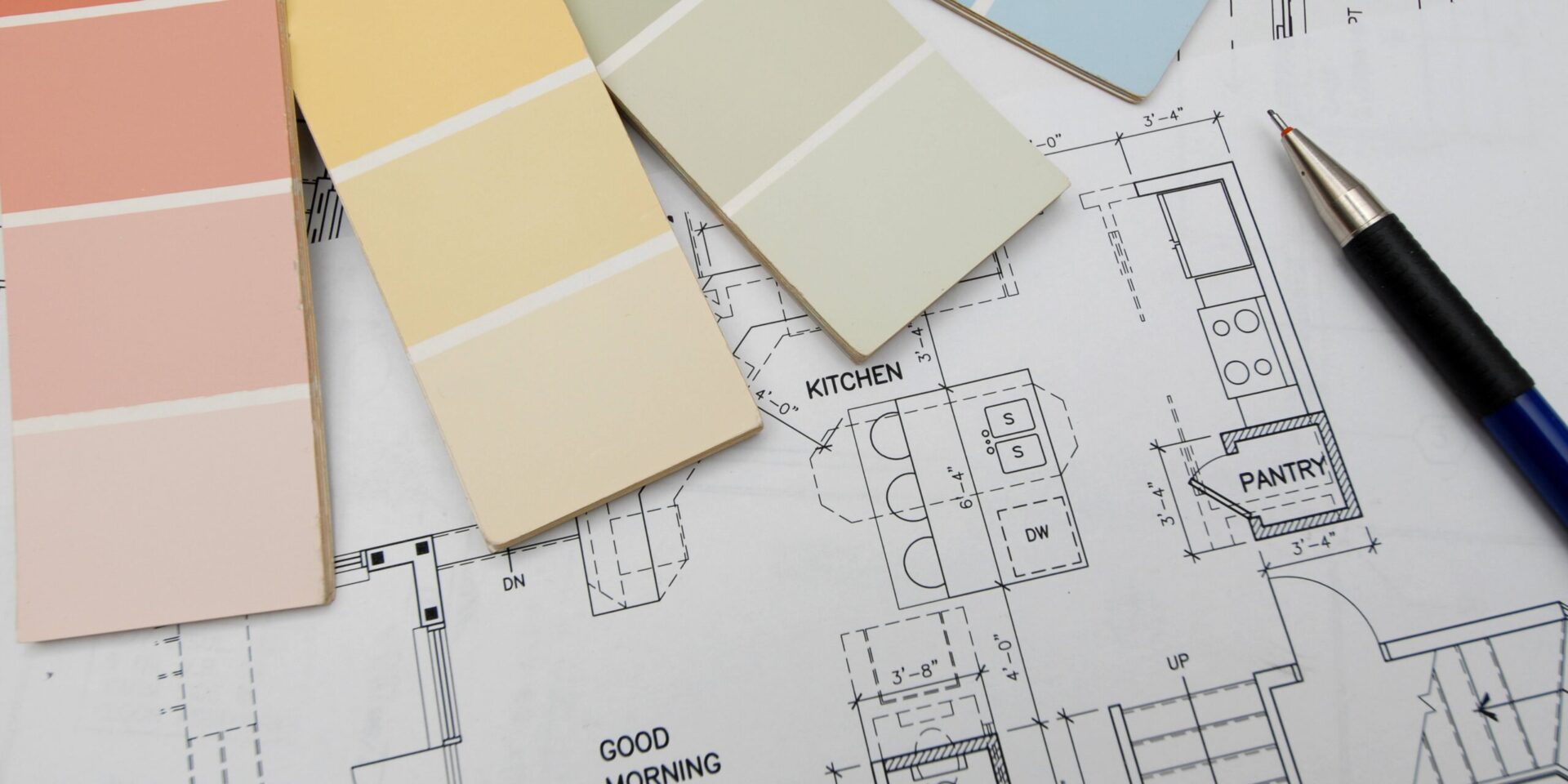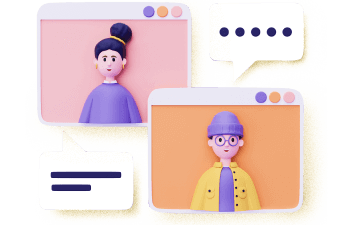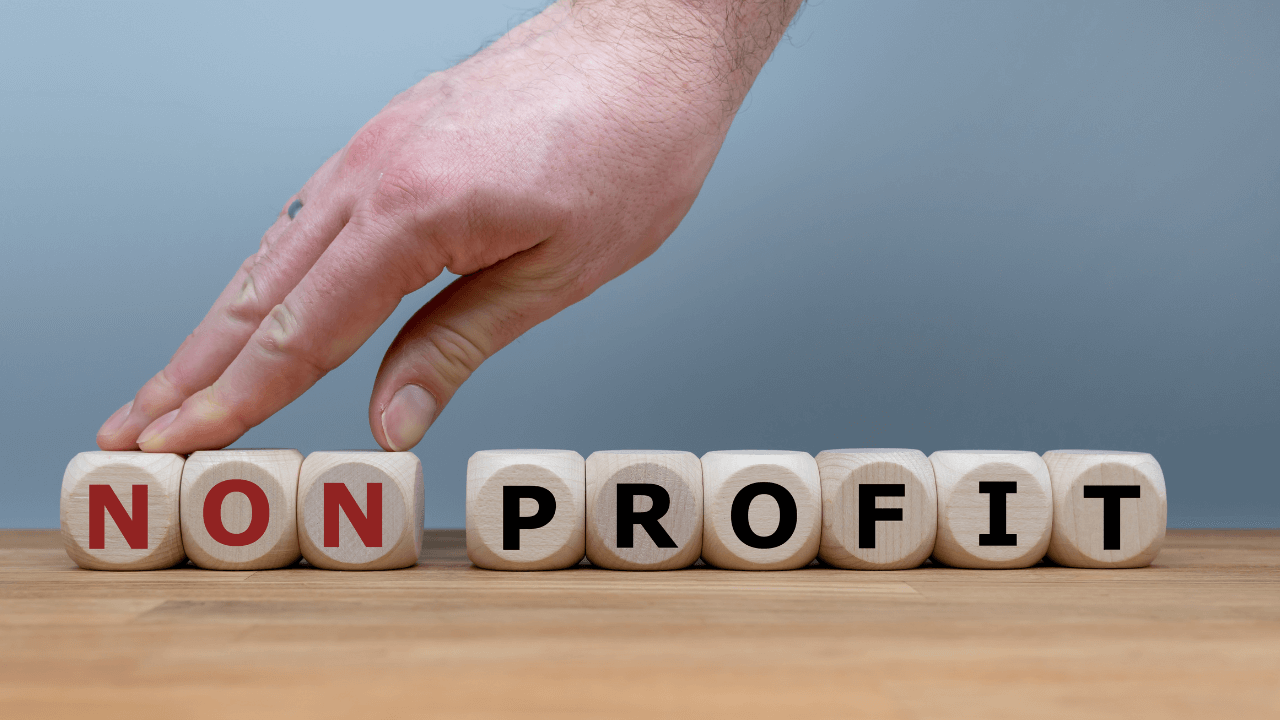Language:
How to Start an Interior Design Business in 8 Steps

You’ve always had a knack for creating the perfect aesthetic at home. You understand how to tell a story using colors, materials and textures. You have a great eye for furnishings and know exactly what goes where to create living spaces that would put any Pinterest board to shame. If you’ve nodded along so far, then the interior design business could be a great fit for you. Leverage your capabilities and skills to become an interior decorator. It’s going to be an incredibly rewarding and fulfilling experience. Here’s what you need to learn how to start an interior design business.
Why Start an Interior Design Business
One of the biggest advantages of starting an interior decorator business is that you don’t necessarily need a degree or qualification. It’s your skill and experience that takes you places in this business. You also don’t need an extensive portfolio to begin. Start small by taking on minor projects to build up your portfolio.
In most businesses, you’d be required to rent a location, acquire equipment and merchandise, get packaging materials, etc. Your interior design service has no need for those expenses. Sure, once you expand you can invest in creating a studio, but you can get started simply with an online presence.
Being your own boss provides unmatched flexibility and freedom. You set your fees and choose your hours and who you work with. This enables you to make the best use of your time as you continue to expand the business.
Perhaps the most fulfilling aspect of this career for interior design professionals is the ability to be creative. It seems so many of us work jobs that wring the creativity out of our lives. In the interior design industry, every project is a clean slate, a chance to bring your creative vision to life.
8 Steps to Start an Interior Design Business
There isn’t a high barrier to entry into the interior design industry but don’t let that fool you. Don’t jump in without doing your due diligence first; otherwise, you won’t be setting yourself up for success. These steps on how to start an interior design business guide show how you should go about this.
1. Develop Your Business Plan
There’s one thing you must do before starting to look for clients and that is to create a business plan. Having a solid business plan in place before you begin is essential as it functions as a roadmap for you to execute your idea and expand the business. There are several key components that your business plan must include.
Conduct market research
Research the market you’re operating in thoroughly as that will influence the services you offer, what you can charge and how you can market them. For example, if you intend to operate in an area that primarily has condos, you’ll adopt a suitable marketing strategy instead of generic ads that don’t resonate with the target audience.
Look at what your competitors are doing, too. Understand the strategies they’re using to get more clients and see if there’s a gap in their services you can fill. Take the fee they charge as a benchmark and price your interior design service accordingly.
You have to give a new client a solid reason to choose you over another interior design professional. What that reason is going to be can only be determined once you’ve done the due diligence and positioned yourself competitively in the market.
Choose a business model
Decide what business model fits you. For example, you may want to offer interior design services on a freelance basis, allowing you to retain another job or make it your full-time job. This will dictate how much work you take on and what you’re able to accomplish in the time you give to it.
The business model needs to be based on your unique selling point, the one thing that you feel you can do better than your competitors. It may be an excellent vision for sleek and modern design or your ability to capture the essence of minimalism. This will also make it clear how your services should be packaged.
You may want to offer clients different service levels depending on their budget, providing them with the flexibility to choose what suits them while ensuring that you’re able to convert a lead into a customer.
Create a Business Name
Most interior design professionals prefer building a personal brand as it makes them more recognizable and provides them with the flexibility to expand into other businesses, particularly those that benefit from a strong personal brand.
If you intend to create a full-fledged interior design firm in the future and hire other designers, it would be better to choose a good business name that represents your style and creativity.
After selecting your desired business name, be quick in registering it, as you wouldn’t want someone else to claim ownership of the name.
Plan Your Marketing Strategy
People in the interior design industry rely heavily on marketing. You need to show potential clients what your skills are; they must see it to believe it. Plan your marketing strategy around it so that the campaigns you run are able to generate maximum impact.
Your business plan should highlight the platforms where your marketing campaigns will run. It should also mention how much marketing spend needs to be budgeted and how that budget will be spent across platforms.
Develop a strategy for organic marketing as well. This will keep bringing people to your website and blog even when you’re not running paid campaigns, enabling you to generate more leads.
2. Decide on Your Business Structure
Picking a business structure is important for several reasons. It ensures that your business and personal finances remain separate, a key requirement to complying with your tax obligations. It simplifies bookkeeping so that you have complete clarity about the income and expenses of the business. The legal, regulatory and tax obligations also vary based on the structure chosen. Pick the one that’s most suitable for your vision for the business.
Sole Proprietorship
A sole proprietorship is an unincorporated business with a single owner. It’s the preferred entity type for new small business owners as there are minimal reporting or documentation requirements. To open a business bank account as a sole proprietor, you’ll need to get an Employment Identification Number (EIN) from the IRS.
One major disadvantage of a sole proprietorship is that the owner remains personally liable for all debts and taxes of the business. There’s no separation between the two, and the owner assumes the risk to their personal assets.
General Partnership
A general partnership doesn’t differ all that much from a sole proprietorship. It includes multiple owners instead of an individual who together share the responsibility and profit. The documentation and reporting requirements are similar, so they can be set up fairly quickly.
The disadvantage of a general partnership is also similar. All partners are responsible for the liabilities of the business and take on exposure to their personal assets, which may be seized or liquidated should the business not be able to meet its liabilities.
Limited Partnership
Limited partnerships function a bit differently. A general partner is made responsible for running the business while others effectively function as silent partners with no management role. Multiple partners are thus able to invest in a business run by someone who they deem to be a competent operator.
As the operator, the general partner assumes unlimited liability, which means their personal assets remain exposed. The liability for other partners is limited only to the amount they have invested in the limited partnership.
Limited Liability Company
A limited liability company (LLC) can be a safer option for small business owners, and it also has simple reporting requirements. Owners are required to register the LLC with the Secretary of State with the relevant documentation. The single-member LLC is a preferred choice of interior design professionals.
An LLC limits the owner’s personal exposure to business liabilities. Their assets remain protected even if the business is unable to meet its obligations. LLCs don’t exist in perpetuity, though, and can be dissolved upon the death of the owner or bankruptcy.
Corporation
A corporation is a separate legal entity, and it can borrow money, acquire assets, enter contracts and more in its own capacity. One major advantage corporations have over other types of entities is that they’re able to raise funds through the sale of shares.
Owners have no personal liabilities, and their assets remain fully protected. There are strict reporting requirements for corporations with regular paperwork filings also required. It’s generally costly to set up and run a corporation.
3. Register Your Business
Before you begin, you’ll need to register your interior decorator business. The requirements will vary by state so be sure to check the specific requirements where you intend to do business. You’ll generally be required to choose a business name, get a license and register for any state and local taxes.
For federal taxes, you’ll need to register your business with the IRS and get an EIN. There will be different processes to follow if you want to register an LLC vs. a corporation, for example, so be mindful of that.
4. Get the Necessary Licenses and Permits
Generally, there may not be specific licenses that you need to obtain to start your interior design business. However, there are some exceptions to the rule, particularly in states like Florida and Nevada, where you must be registered if you’re working unsupervised in any commercial space.
You’re typically required to provide information about the nature of your businesses before these licenses and permits can be issued. There are often fines for not complying with these requirements before beginning, so it’s best to be completely sure that you’re in compliance and have obtained the relevant permits before taking that job.
5. Secure Funding
Funding is always a big headache for small business owners as they may have a great idea but not enough resources to bring it to fruition. While there tend to be low overheads for an interior decorator that’s just starting out, there will be expenses nonetheless for things like design software, sketching supplies, transportation and more.
There are several ways you can raise funds to get your business off the ground. You could reach out to a bank or credit union to see if they’ll provide a business loan. They may be able to help you with financing, provided that you have a solid business plan and are able to show them how your business is going to make money.
You can also leverage the power of crowdfunding and raise the required funds or ask people in your immediate social circle for an investment in your business. Venture capital funds are also interested in investing in groundbreaking companies, so if you intend to do something entirely different with your design firm, you can reach out to them as well.
6. Get Insured
A business can quickly go bankrupt if it’s held liable for something that it doesn’t have adequate insurance coverage over. There could be property damage during a project, for example, that requires the business to make repairs at the project. Depending on the scale of the damage, that could easily bankrupt it.
Personal injury insurance is very important if you’re working with others as it helps limit the liability should somebody get injured on the job, which happens more often than you think, despite stringent workplace safety regulations.
Ensure comprehensive insurance coverage for your business so that it remains protected in the event of any liability.
7. Build Your Website to Showcase Your Portfolio
Build a great website that showcases your skill and creative vision to potential clients. Interior design is a very visual-forward business. Clients will only reach out if they’re able to see precisely what you’re capable of. The only way to do that is to create a portfolio on the website that includes images of some of your best work.
The website should also provide detail on the services you offer, and it needs to highlight your unique selling point so that clients can easily understand why you’re different from the rest. Provide them an idea of what you can get done for them and make your contact information easily accessible so that they can reach out quickly once your website convinces them.
8. Establish a Professional Network
Establish relationships with other professionals in the interior design industry to expand your network. You can do that by attending trade shows, events and conferences to connect with people and let them know about your business. It’s a great opportunity to get the word out about your business, increasing the chances of getting clients referred to you.
Design Your Path to Financial Freedom
A thriving interior design business can help you achieve true financial freedom with the flexibility of working when you want and where you want. It’s the dream lifestyle that many business owners aspire to, and it’s indeed within reach. What it does require is diligent management of your business.
Bookkeeping is a vital part of business management. You should always have absolute clarity about the money coming in and going out. It will help you make informed business decisions. Use great tools to simplify your bookkeeping. With doola Bookkeeping, you can precisely track all income and expenses of the business to have full visibility into its finances.
FAQs
How do you start an interior design business with no experience?
You can start an interior design business with no experience by working on smaller projects first, allowing you to build your portfolio, which will then enable you to expand your business and take on bigger clients.
How to start an interior design business without a degree?
You don’t need a degree to start an interior design business. It primarily requires you to have a great sense of design and skill, which you can leverage to start a business that helps people with their interior design.
How to start an online interior design business?
An online interior design business can be started through profiles on social media networks like Facebook and Instagram as well as a website. You can offer services that can be done entirely online, such as mood board design or color recommendations.
How much do interior designers charge in the U.S.?
Interior designers in the U.S. normally charge between $100 to $200 per hour, but that largely depends on the experience and portfolio of the designer. Those who are more experienced are going to charge higher fees.
Do interior designers need a license?
Interior designers don’t typically need a license in the U.S., but some states may require them to be registered as business owners. You should check the prevailing regulations in your state to be absolutely sure if you’ll need a license.
Keep reading
Start your dream business and keep it 100% compliant
Turn your dream idea into your dream business.














